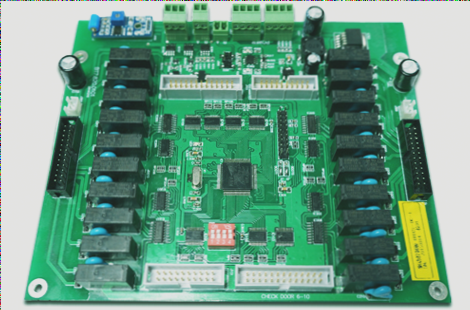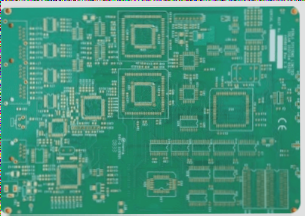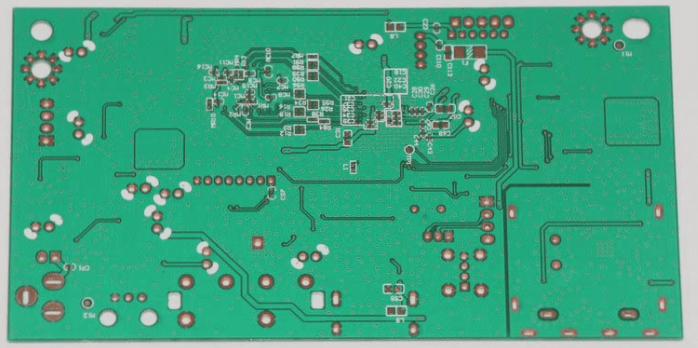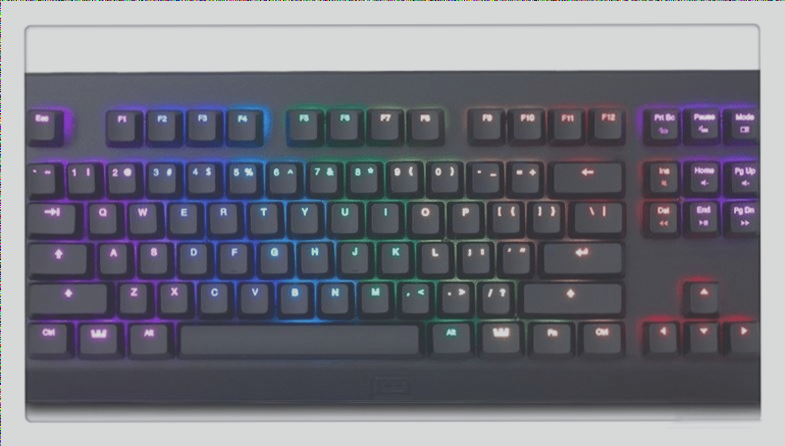Exploring the PCB Assembly Process: From Bare PCB to PCBA
Are you curious about the journey from a bare PCB to a fully assembled PCBA? Let’s delve into the intricate process step by step:
SMT Placement Process
In the Surface Mount Technology (SMT) process, components are mounted directly onto the PCB using techniques like reflow soldering or dip soldering. Before SMT placement:
- Ensure a MARK point on the PCB for accurate component placement by the machine.
- Create a stencil to deposit solder paste precisely on the PCB.
- Program the SMD components based on the BOM list.

During SMT placement, components are positioned, solder paste is applied, and reflow soldering connects everything. An optical inspection ensures quality, but functional testing is not possible yet.
DIP Plug-In Process
The Dual In-Line Package (DIP) process involves manually inserting components into the PCB’s holes for wave soldering:
- Prepare the fixture and secure the PCB for conveyor belt transmission.
- Adjust the pins of plug-in devices to the correct length.
- Manually insert components into the via holes on the PCB.
After wave soldering, the solder adheres only to metal, not the green solder mask, ensuring a clean finish.
Functional Testing on the PCBA
Functional testing ensures the PCBA operates correctly:
- Visual inspection to detect defects like solder issues or missing components.
- Power-on functional test using a fixture to check power cycles, relay activation, and communication.
These testing steps not only identify defects but also diagnose potential issues, streamlining repair efforts.
Testing Process in PCBA Manufacturing
During the transition from PCB bare board to PCBA, technicians conduct rigorous testing at every stage to ensure the production process’s integrity. Adhering to these standards is crucial for progress.
Enhancements in PCBA Protection
One critical aspect of PCBA production involves waterproof, dustproof, and anti-corrosion treatments. These treatments typically include spraying or dipping wax onto the PCBA. Companies utilize various methods, such as manual application of conformal coating, machine-based spraying, wax dipping, or may choose to forego this treatment entirely.



